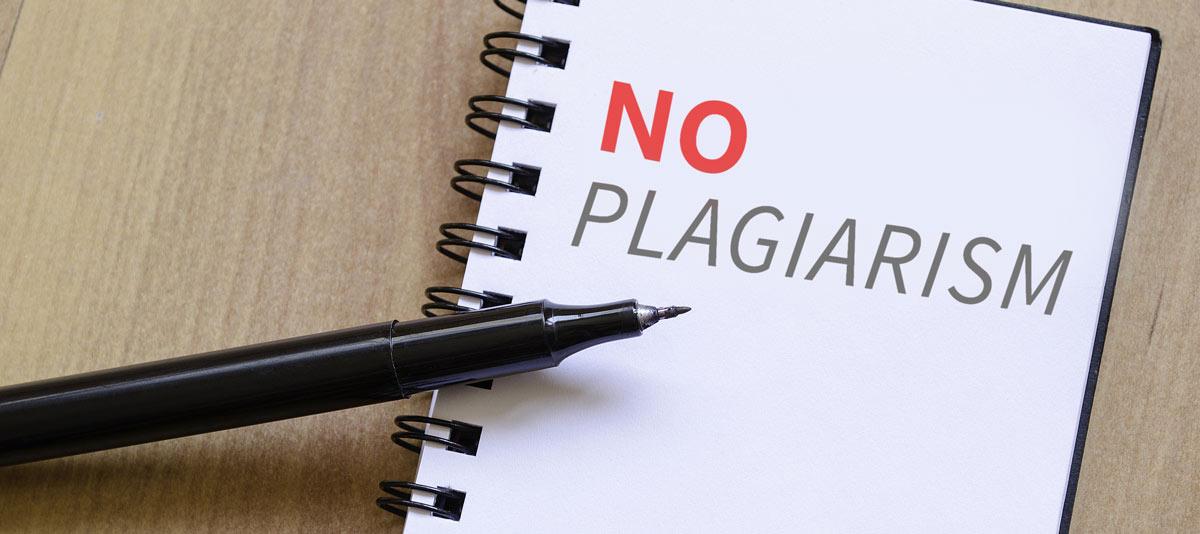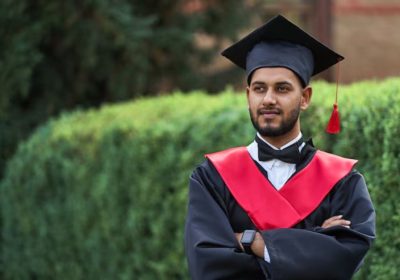
How to Write an Essay Without Plagiarizing: Useful Information for Students
Every modern young specialist should be able to detect and accurately formulate problems, solve them competently, and clearly state the main conclusions. This can be learned in the process of conscientious execution of essays. However, one of the most important requirements for essay writing is the presence of links to the sources of statements given in the text, factual, and statistical data. In other words, all quotes, figures, and facts must be accompanied by links to their sources. If you quote someone’s statement verbatim, but do not put it in quotes and do not make a footnote, this is plagiarism.
Students often have difficulties with writing papers without plagiarism, so many turn to a reliable online service, whose specialists write non-plagiarized essays at reasonable prices. Despite this, it is important for every young person to learn how to overcome such difficulties without any support. Therefore, it seems appropriate to tell you in this article how to create unique essays without plagiarism.
The Notion of Plagiarism
Plagiarism can be considered as the use of someone else’s text, published in paper or electronic form, without a full reference to the initial source or with references, but the amount and nature of borrowing call into question the independence of the work or one of its main sections. In scientific circles, plagiarism is most often expressed in the borrowing of individual fragments of text without specifying their author.
Here are some characteristic signs of plagiarism:
- Avoidance of bibliographic references;
- Use of citations without quotation marks, even if the work appears in the bibliography;
- Use of various data (images, graphs, etc.) without references to the original, etc.
According to the opinion of modern students, they receive a sufficient amount of information on the topic of plagiarism. Only 3 percent of them mention that they are not familiar with this concept, while 93% confidently state that they know the essence of this term. If we consider the concept of plagiarism on certain examples, then the situation changes significantly. More than 90% of students use various forms of plagiarism while writing papers.
There are several varieties of plagiarism:
- Copying someone else’s text or several scientific works and publishing the result under own name;
- Creating a so-called mixture of borrowed and own text without proper citation of sources;
- Rewriting (paraphrasing someone else’s text without mentioning the name of an author). This type of plagiarism, if done more or less perfectly, is currently difficult to detect by technical means of finding plagiarism (anti-plagiarism programs).
Ways to Prevent Plagiarism
If you want to write an essay without plagiarism, try the following tips for this paper:
- Any textual fragment, regardless of its length (sentence, paragraph, etc.), reproduced in the text of an essay without changes or with little changes, should be accompanied by a link to this source. The only exceptions are standard text clichés since they are widely used and do not have a specific author;
- In the case when paraphrasing or translation from one language to another takes more than one paragraph, then the link (it can be both a bibliographic or a text link) to the corresponding text and its author should be indicated once in each paragraph. The exceptions are numbered and bulleted lists, as well as paragraphs that are entirely composed of formulas. In this case, it is permissible to present one link at the end of the text;
- If a quotation from a particular source is given from the original source, the text of an essay should contain a reference to the original source. If the citation is not based on the original source, the text of the work should contain a reference to the direct source of citation;
- Any scientific data provided in the text of an essay should be used in the condition that the exact source of the material is indicated. If we talk about exceptions, then here we need to indicate the data that are generally known and recognized by leading experts in a particular field of knowledge;
- Any works of art reproduced in the text of a paper must be accompanied by an indication of the authors of these works of art (if they are known). If the authors are unknown, it should be noted that they are unknown.
The above rules will help you teach how to create non-plagiarized essays. Try to memorize them as they are really very important.
Recommendations for Students
Here are some practical tips to help you achieve your goal:
- Before writing any written paper have a clear task and plan;
- Systematize available information and information to be found;
- Always copy the name of the site and the full name of the source you are working with and mark the text in color;
- Follow the citation rules and check the links;
- Write your comments and conclusions separately;
Summarizing all of the above, it is also important to indicate that in order to prevent student plagiarism, one must learn to paraphrase. It is not just about rearranging words and using synonyms, because in this case only the form of presentation of the idea will change, and the structure of the text will be very similar to the original. For effective paraphrasing it is necessary: to add information, make structural changes, make comparisons, skillfully operate with synonyms, pass from a passive to an active state, and vice versa.






